Robert Johnson Crossroads Location
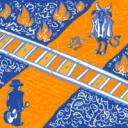
A Famous Highway
On your next deep-south, blues exploration trip, one stop to surely make is at the intersection of Highway 61 & Highway 49 — just south-east of legendary Clarksdale, that epicentre of blues history.
Cancel that Disneyland trip you’ve got — hell! cancel your next Vegas trip! Instead, venture back in time, strolling along the same streets that Charley Patton, Son House, and yes Robert Johnson strode down.
One poignant place is a certain intersection just south-east of Clarksdale. You may have heard of it; it’s the intersection of Highway 61 & Highway 49. Referenced by classic movies like O Brother Where Art Thou, the inspirational name behind Dylan’s Highway 61 Revisited, and actually quite well known to you too. Except by a different name: the Crossroads.
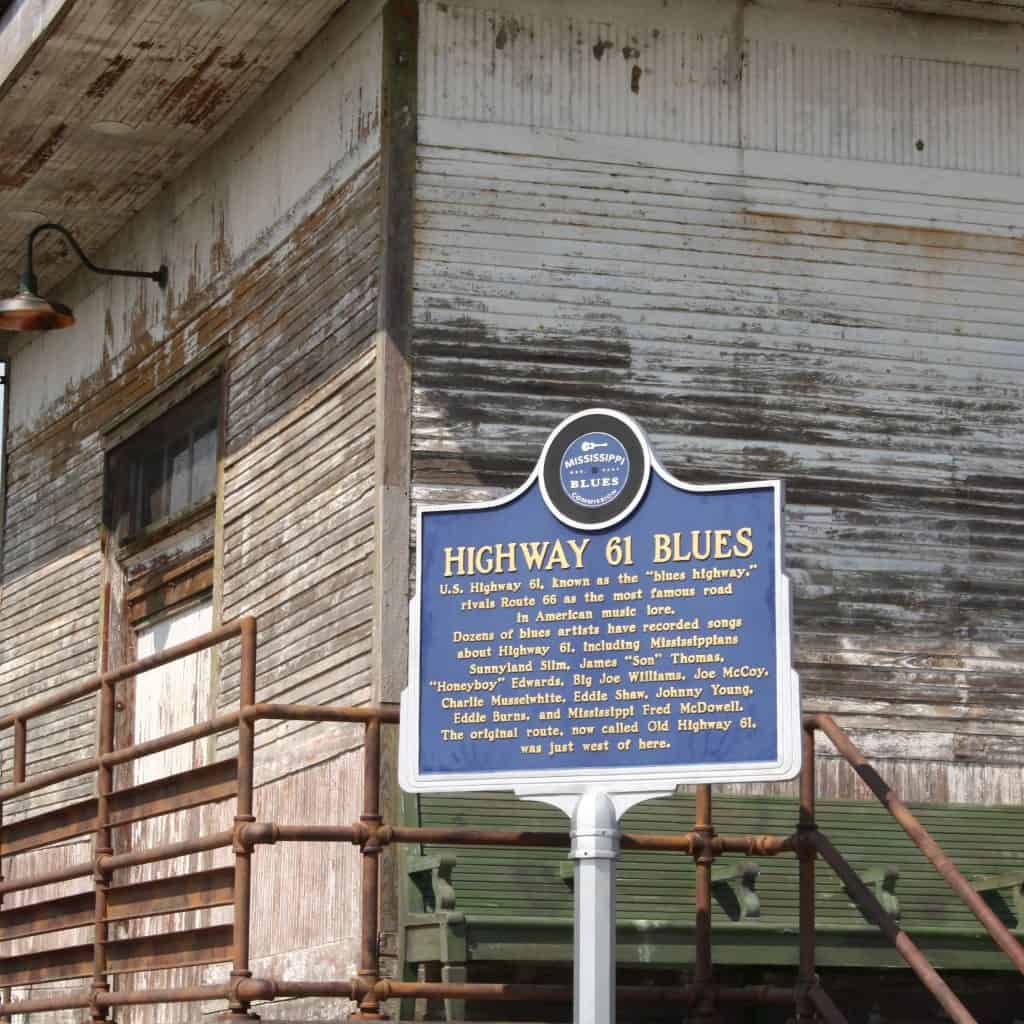
The Predecessors Who Lined Highway 61
Well, it’s the perennial spot. And not just a famed route due to Robert Johnson — a plethora of other musical contributors were quite familiar with the spot. Only a short drive from here, Charlie Patton, Son House, Muddy Waters, and Elvis grew up as young would-be musicians. Not only that, Bessie Smith one of the richest African-American musicians of the 1920s, sadly died along Highway 61; a car accident left her badly injured, and nearby hospitals neglected her because of her skin colour.
As Bob Dylan notes, the spirits that linger along Highway 61 intoxicate those who visit it, with its rich history.
“Highway 61, the main thoroughfare of the country blues, begins about where I began. I always felt like I’d started on it, always had been on it and could go anywhere, even down in to the deep Delta country. It was the same road, full of the same contradictions, the same one-horse towns, the same spiritual ancestors…
It was my place in the universe, always felt like it was in my blood.
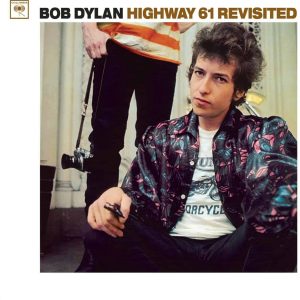
It was also where Johnson
Johnson’s Motivation for his Highway Meeting
Like Johnson’s predecessors, he started as a young kid making his living at Dockery Plantation. Most likely, it wasn’t just the money he earned that pulled him like a magnet to Dockery Plantation; at the time, it was known as a hub of sound. Charlie Patton, Son House, Willie Brown, Tommy Johnson, and Howlin’ Wolf, among many others, cut their teeth in the local area, making names for themselves among their peers.
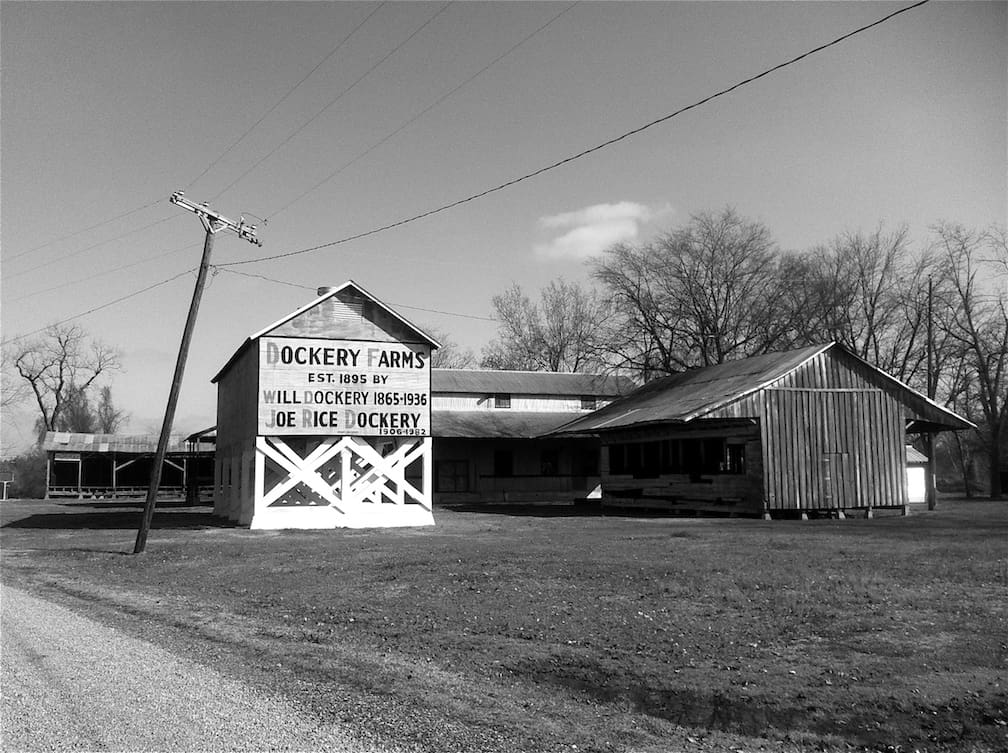
If it was like other hotspots of music, such as the fabled 52nd St. for jazz, than competition was most likely cutting-edge. A young Johnson, trying to take himself a step ahead of the herd, opted to step some along Highway 61 on a certain fateful night. Carrying his guitar at his side, probably as a moon shined down as his only light, he made it to the intersection. Highway 61 crossing Highway 49. As planned by some fate, the Devil, perhaps waiting for him, stepped towards him from shadows. Taking the guitar from Johnson, he proceeded to tune the guitar, plucked it some himself as a way to have some fun in the moment, then handed the instrument back to the young man.
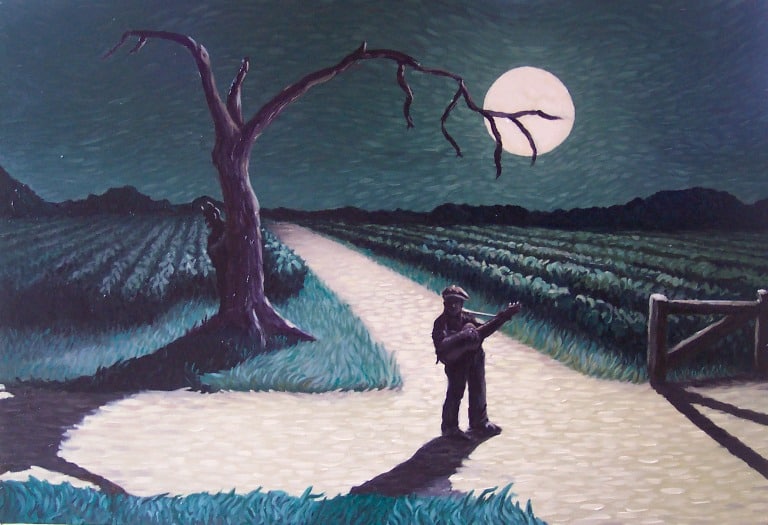
Yes, he’d be able to return to Dockery with perfect command over the instrument, but it came that night at the cost of his soul. Therefore, as blindingly as he burst to new heights — probably burning through Preaching Blues, leaving the dethroned king, Son House, with his jaw dropped — Johnson faded suddenly from sight. It was just at the age of 27 that the Devil redeemed his end of the bargain.
So the fateful Crossroads was a location where Johnson, young as he was, indulged. Perhaps even now he still pays the price.
Ancient Meanings Beyond Johnson
Peering into another doorway of this tale, some say a the symbol of an intersection like the Crossroads represents the meeting of the infinite with the finite. Of immortality with mortality. Thus of the Devil with Johnson.
Yet, the idea of a Crossroads is far more ancient than Johnson. Another famous intersection symbol is the crucifix. Again, a meeting of the infinite with the finite; of immortality with mortality: God and Jesus. Rewinding the clock several thousand years earlier than that, the Egyptian Ankh, a precursor to the crucifix, symbolized the “cross of life” — man’s path through mortal existence and the afterlife
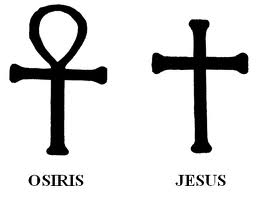

Somehow Johnson captured the essence of this wisdom in his two immortal recordings of the Crossroads.